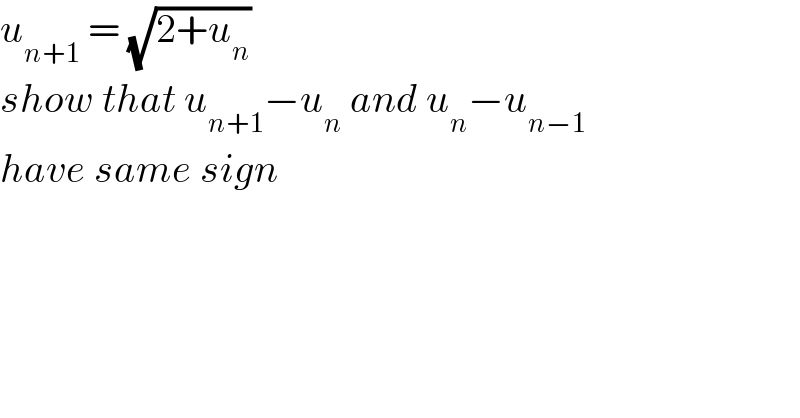
Question and Answers Forum
Question Number 166648 by alcohol last updated on 24/Feb/22

Answered by mr W last updated on 24/Feb/22

| ||
Question and Answers Forum | ||
Question Number 166648 by alcohol last updated on 24/Feb/22 | ||
 | ||
Answered by mr W last updated on 24/Feb/22 | ||
 | ||
| ||